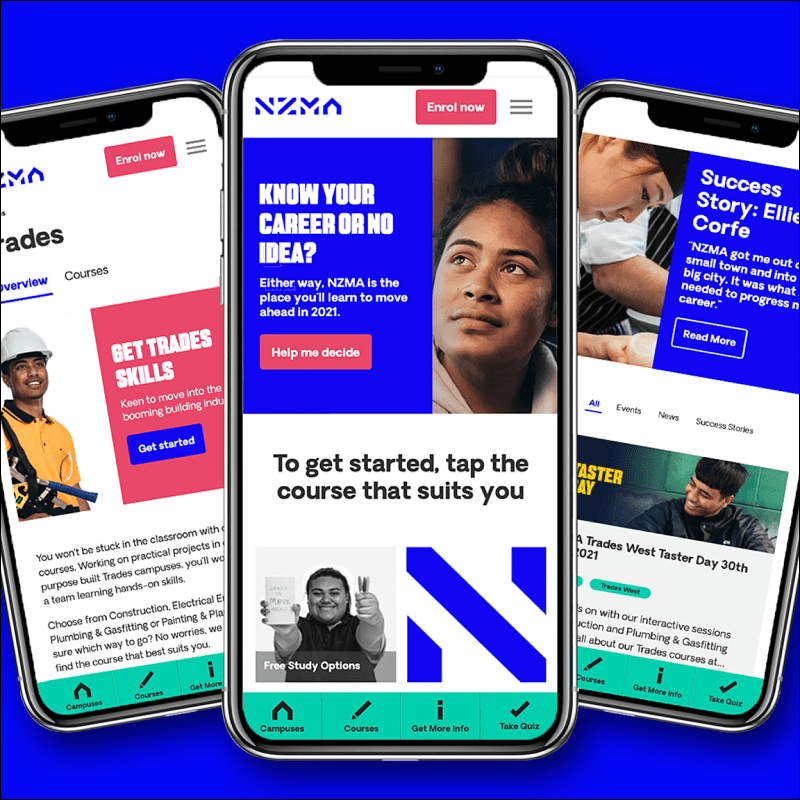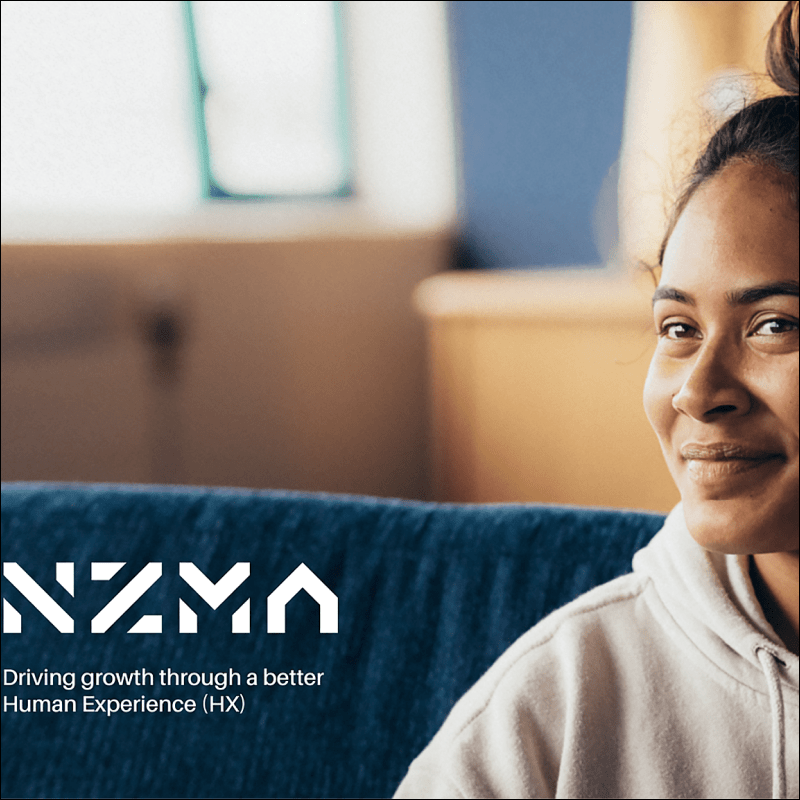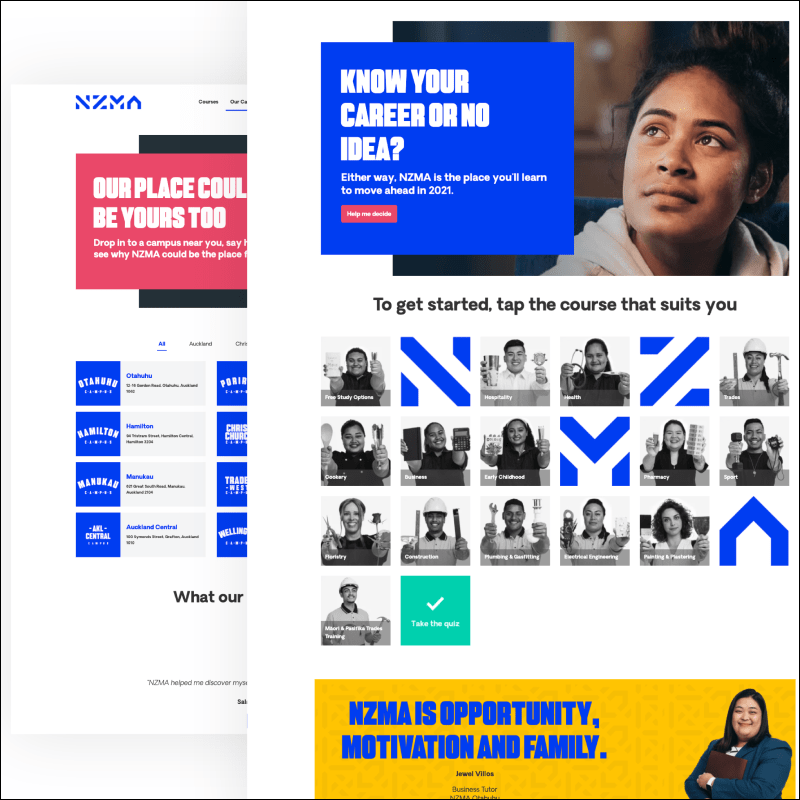Jon Beattie: User Testing Is Crucial
Chief Digital Officer @ Apolinar
by Elizabeth Lavis
|06 Jun 2023

As Apolinar’s Chief Digital Officer, Jon Beattie’s primary focus is broadly steering project strategy and all its components, including Human Experience (HX), UI, and UX design, and ensuring the development teams are on point. “A very high-quality digital product will be a combination of these things with strategic and business considerations, human experience, user experience, and UI design, and of course, the software development includes a DevOps pipeline to get that digital product into the hands of users.” According to Beattie, Apolinar is “an organization dedicated to improving the human experience of technology.”
This human-centric approach allows Beattie and his team to focus on the end-user, sometimes speaking hard truths to clients looking for a design that doesn’t gel with their intended audiences. “We sometimes need to be reminded that the people who end up using the product are not necessarily the same people who are going to pay our invoices,” Beattie says. “We can pretty much design and build almost anything, but ultimately our job is to try to get the best results for the organization engaging us.”



Through early prototyping and user testing, Beattie can spot potential issues well in advance and offer solutions and alternatives to his clients. “User testing is crucial,” he says. “Get your prototype in front of end users and get real-time feedback. Make your designers observe the user testing sessions and see how people are interacting with it.” Beattie notes that getting instant feedback can have significant positive results. “We might just need to make some minor changes based on user testing feedback, and it might only take five minutes, but it could have an enormous improvement in the overall experience.”
Getting user feedback also allows designers to think about projects in different ways. It’s also allowed Apolinar to avoid costly and time-sucking rounds of post-design changes. “At Apolinar, we have all but eliminated the fairly common but generally unhelpful feedback loop where a designer will do some work and present it to the client, who then nods enthusiastically, goes away and comes back with a list of 20 or 30 changes they want to make.”
Instead, Beattie employs a “co-design methodology,” where the client and design team go through a week-long immersive workshop focused on collaboration and meticulously addressing the client’s design. It’s known as the “Apolinar five-day co-design sprint,” with different days devoted to specific tasks, each driving the design forward. After devising their initial plan together, Beattie and his team start user testing. “Sometimes we will get really harsh feedback, but it’s actually from the end users,” he says. That feedback helps Beattie and his team change direction or make adjustments as needed, and the final product is both beautiful and functional.
Beattie also studies psychology and understanding how humans tick allows him to grasp behavioral cues and across-the-board traits, making the designs more impactful overall. His time abroad as a child also plays a pivotal role in his keen understanding of human motivation. “I think that spending a big part of your childhood in countries where English is not the first language forces you to get better at listening and observing and to be able to understand what’s going on,” he says. “I feel like it’s helped me be better at having empathy, particularly when we have to put ourselves in the shoes of the end user and client.”
Submit your work for Indigo Design Award competition